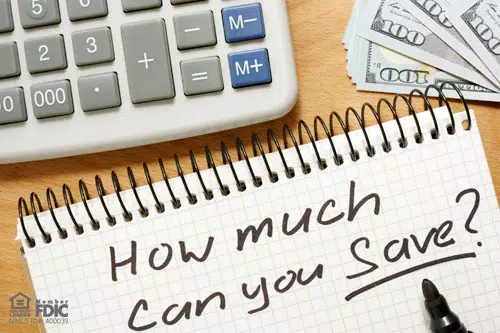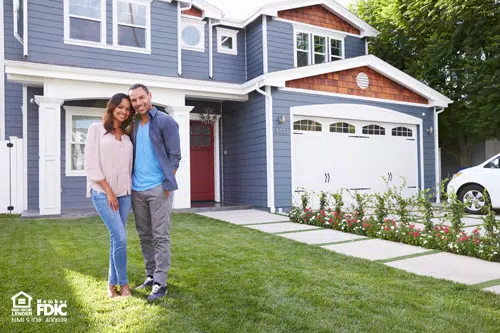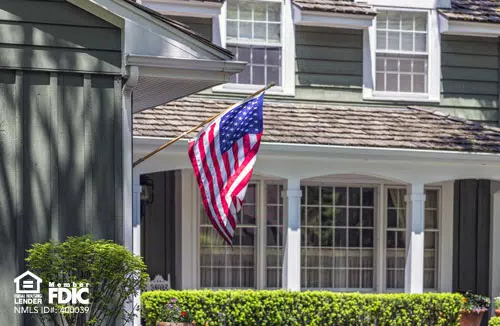Loans backed by the Department of Veterans Affairs offer benefits even after you close on your new home. You might be considering a VA refinance to get a lower interest rate on your current loan, to access your home’s equity, to fund a renovation, or to switch your conventional loan into the VA program.
A VA refinance is considered a new loan and requires a new loan application, title report, and other paperwork. Here’s what you need to know when you are interested in refinancing a VA loan:
Meet Eligibility Requirements
Just as with a VA loan, you must qualify for a VA refinance to be eligible for the program. A veteran, an active duty service member, an honorably discharged veteran, or a spouse of a current service member are all available for a VA refinance. Widows of a veteran must be unmarried at the time of the refinance, and the deceased in most cases must have died in the line of duty or due to an injury related to their service to qualify.
VA refinances usually only guaranteed by the VA for a quarter of the total loan amount. This means lenders are still risking three-quarters of the loan amount themselves, and so may have other, stricter requirements borrowers must meet. It’s best to contact multiple lenders to compare their rules and see where you qualify.
Three Types of VA Refinance
There are three different ways you can get a VA refinance. The first is to take out an interest rate reduction refinance loan (IRRRL). This involves less paperwork and allows a qualified borrower to access a lower interest rate, and pay less in costs. It’s a streamlined process and doesn’t require proof of income. You must refinance a VA loan with the VA to choose this option.
Another VA refinance option is a cash-out refinance. This loan will replace your existing loan with a VA loan, and also pulls out the equity of the property as cash. You need to show documentation of income for a cash-out loan, so be prepared with your recent pay stubs, W2s, and at least two years of your tax returns. VA lenders will typically allow you to take a cash-out loan for up to 90 percent of the value of the home.
If you have a non-VA loan, such as an FHA or conventional mortgage, you can consider a conventional-to-VA refinance loan. Most lenders won’t allow you to receive any cashback with this option, but the benefit is that it will enable you to refinance up to 100 percent of the home’s value.
Be Aware of the Fees
The VA refinance program comes with the same type of fees you’d expect with other refinances. There is also a VA funding fee, which you’ll have to pay unless you fall under certain exceptions. A service member who incurred a service-related disability or the surviving spouse of a service member who died on duty or from an injury related to their service will typically be exempt from this fee.
Because a VA refinance does require some effort, you must run the numbers to make sure it’s worthwhile. You could save money over the life of the loan, even with the costs associated with a VA refinance. In most cases, if you can get at least a 1 percent reduction in your interest rate, it’s worth considering a refinance.
Our experts at NASB can help you determine if a VA refinance is right for you. Call us at 888-661-1982 or click here to get answers to your questions.




